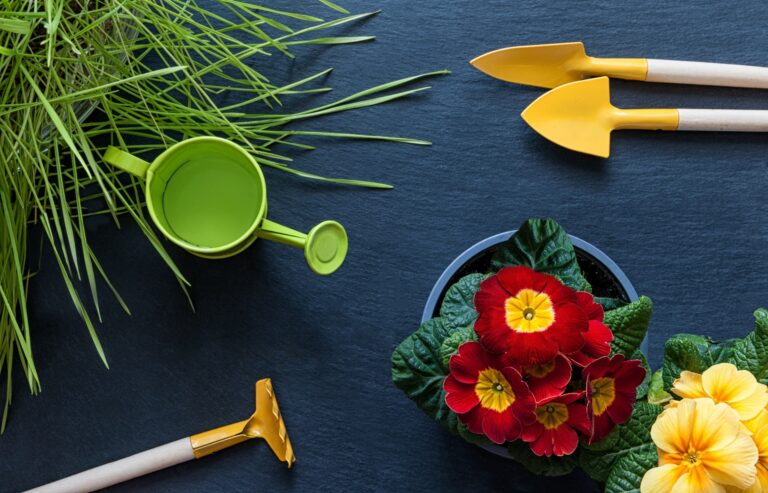Gardening, an age-old practice that bridges generations, cultures, and geographies, has seen a resurgence in popularity in recent years. With this renewed interest comes an abundance of advice, some of it good, some… not so much. In an era where the internet is teeming with quick tips and hacks, it’s crucial to weed out the…
Love Languages: 14 New Ways to Express Your Affection
In an era where personal connections are increasingly mediated by screens, understanding and utilizing love languages has never been more crucial. The concept of love languages refers to the different ways people express and receive love, which, when understood, can significantly enhance relational dynamics. Here, we explore 14 innovative ways to express your affection, ensuring…
Health Myths Busted: 12 Things You Thought Were Bad for You But Aren’t
In the age of instant information, distinguishing between fact and fiction can be challenging, especially when it comes to our health. Many beliefs we’ve held for years about what’s harmful to our well-being are now being debunked by scientific research. Here’s a look at 12 common health myths that may surprise you. 1. Eating Eggs…
13 Once-Affordable Cars That Have Lost Their Appeal
The automotive landscape is continuously evolving, with newer models outpacing older ones in terms of technology, efficiency, and design. While many cars start as affordable and attractive options for consumers, over time, some models lose their luster and are overshadowed by superior alternatives. Here, we highlight 13 once-affordable cars that were previously considered great buys…
Career Climbers: The 10 Fastest Growing Jobs You Haven’t Heard Of
In today’s rapidly evolving job market, staying ahead of the curve can be the key to unlocking a successful and fulfilling career. As technology advances and societal needs shift, new and unexpected job roles are emerging at an unprecedented rate. Here, we explore the 10 fastest growing jobs that are flying under the radar, offering…
The Top 10 Jobs That Turn Average Joes into Millionaires
In the quest for financial success, the path people choose can significantly influence their potential to amass wealth. While some careers offer a straightforward journey to financial prosperity, others might surprise you with their millionaire-making potential. Here’s a closer look at the top 10 jobs that turn average Joes into millionaires. 1. Technology Entrepreneurs The…
12 Low-Maintenance Gardening Tips for the Busy Millennial
In the hustle and bustle of millennial life, finding time for hobbies and self-care can be a challenge. Gardening, often viewed as a time-consuming hobby, is a fantastic way to connect with nature and unwind, but many millennials shy away due to perceived high maintenance. However, with the right strategies, gardening can be a rewarding,…
10 Tips for Taking Your EV on a Road Trip Successfully
With the rising popularity of electric vehicles (EVs) as a sustainable and innovative mode of transportation, many EV owners are now considering them for long-distance travel. Road trips in an EV can be a rewarding experience, offering not only a quieter, smoother ride but also the satisfaction of eco-friendly travel. However, planning an EV road…
8 Reasons Everyone Needs A Criminal Lawyer On Speed Dial
In today’s rapidly changing legal landscape, having a criminal lawyer within arm’s reach is becoming more of a necessity than a luxury. While the notion might sound extreme to some, the reality is that unexpected legal issues can arise at any time, often catching individuals off guard. From minor traffic violations to more complex legal…
10 Languages That Are Surprisingly Easy to Learn and Why
In a world where global communication is paramount, learning a new language has never been more relevant. With the rise of digital learning platforms and international networking, the quest for multilingual proficiency is at its peak. Among the myriad of languages, some stand out for their simplicity and ease of learning. Here, we explore ten…









